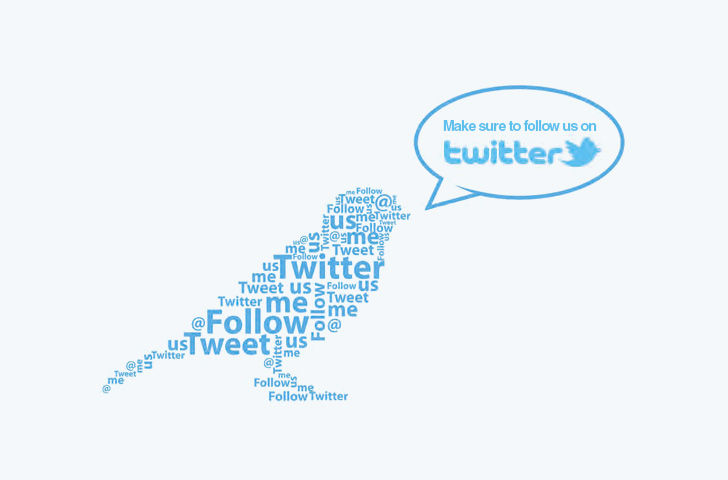by TheOGM
Published on June 5th, 2012
Marketing Your Business in 140-Character Bursts
When Twitter first emerged in 2007, it was mocked by many for its dubious spelling and banal content. Today, it’s evolved into one of the most popular social media tools in the world with 200-million users worldwide.
Many entrepreneurs are embracing Twitter because of its capacity to build brand recognition and provide an easy way to interact with customers and prospective customers. Twitter isn’t for every company, but if you’re thinking about getting involved, here are some ideas to help you make the most of the medium:
Set realistic objectives about what you want Twitter to do for your company, for example: drive traffic to your website, generate sales leads or help you to improve customer service. Listen to what people are saying about your company before you start tweeting. You can monitor tweets and references to your business through the Twitter site at www.search.twitter.com. Also take time to learn the abbreviations and etiquette of the Twitter world. Don’t worry; it’s easy.
It’s hard to go wrong on Twitter if you are courteous, helpful and generous with praise. Keep in mind that you want to share information to engage your followers. Avoid overtly selling products and services in tweets. That leaves a bad taste and will discourage people from following your feed.
Share interesting links such as pertinent articles and news of upcoming industry events. A common practice is retweeting (RT) information in your field. But before you do, be sure to check out what it is you’re retransmitting to make sure it’s credible and of high quality.
Assign more than one Twitterer in your company to share the load and ensure your tweets are diverse. Those people should coordinate their activities to prevent repetition in tweets and other foul-ups.
Ask your employees to be careful what they are tweeting about to avoid revealing confidential information or inadvertently offending colleagues, customers or other businesses. These matters should be part of a broader social media policy for employees.
Take advantage of Twitter as a low-cost focus group by soliciting opinions about your company. Your followers are already interested in your products and services, and are probably willing to help make them better. Keep a close eye on mentions of your company and on direct messages. If a customer tweets a request for help or a complaint, acknowledge it and resolve the issue as quickly as possible.
Be sure to promote your Twitter feed on other communications tools. Use your “Follow Me on Twitter” button in newsletters, websites and any online communications. Measure your results. Use tools such as Google Analytics to monitor the amount of traffic, leads and customers you’re generating. You also want to keep your eye on increases in blogs posts and news articles about your company.
Did you enjoy this article?

 Calgary: Opening Doors To Energy Technology
Calgary: Opening Doors To Energy Technology Calgary, An Ideal Launch Pad For Energy Startups
Calgary, An Ideal Launch Pad For Energy Startups Are You Linked In?
Are You Linked In? The Cloud
The Cloud Government Funding Opportunities In ICT Innovation
Government Funding Opportunities In ICT Innovation
